How to Teach Telling Time to Kids: A Fun and Engaging Guide
Teaching kids to tell time can feel a bit like teaching a cat to fetch—frustrating, unpredictable, and often met with a blank stare. But with the right resources and a sprinkle of humor, you can turn this challenging task into an enjoyable learning experience for both you and your little timekeepers. So, buckle up, and let's dive into the wonderful world of clocks, minutes, and hours!
Why Learning to Tell Time is Important
Understanding time is a crucial skill that helps children become more aware of their daily routines and activities. It aids in developing their sense of responsibility and punctuality—traits that are valuable throughout life. Plus, mastering time-telling can make kids feel like little magicians who can predict the future: "Dinner is in 10 minutes!"
Engaging Activities to Teach Telling Time
When it comes to teaching kids how to tell time, hands-on activities can make all the difference. Here are a few fun ways to help little learners grasp this essential skill:
- Making a Clock: Have kids create their own clocks to use for practice.
- Labeling Parts of the Clock: Help children understand the different components of an analog clock.
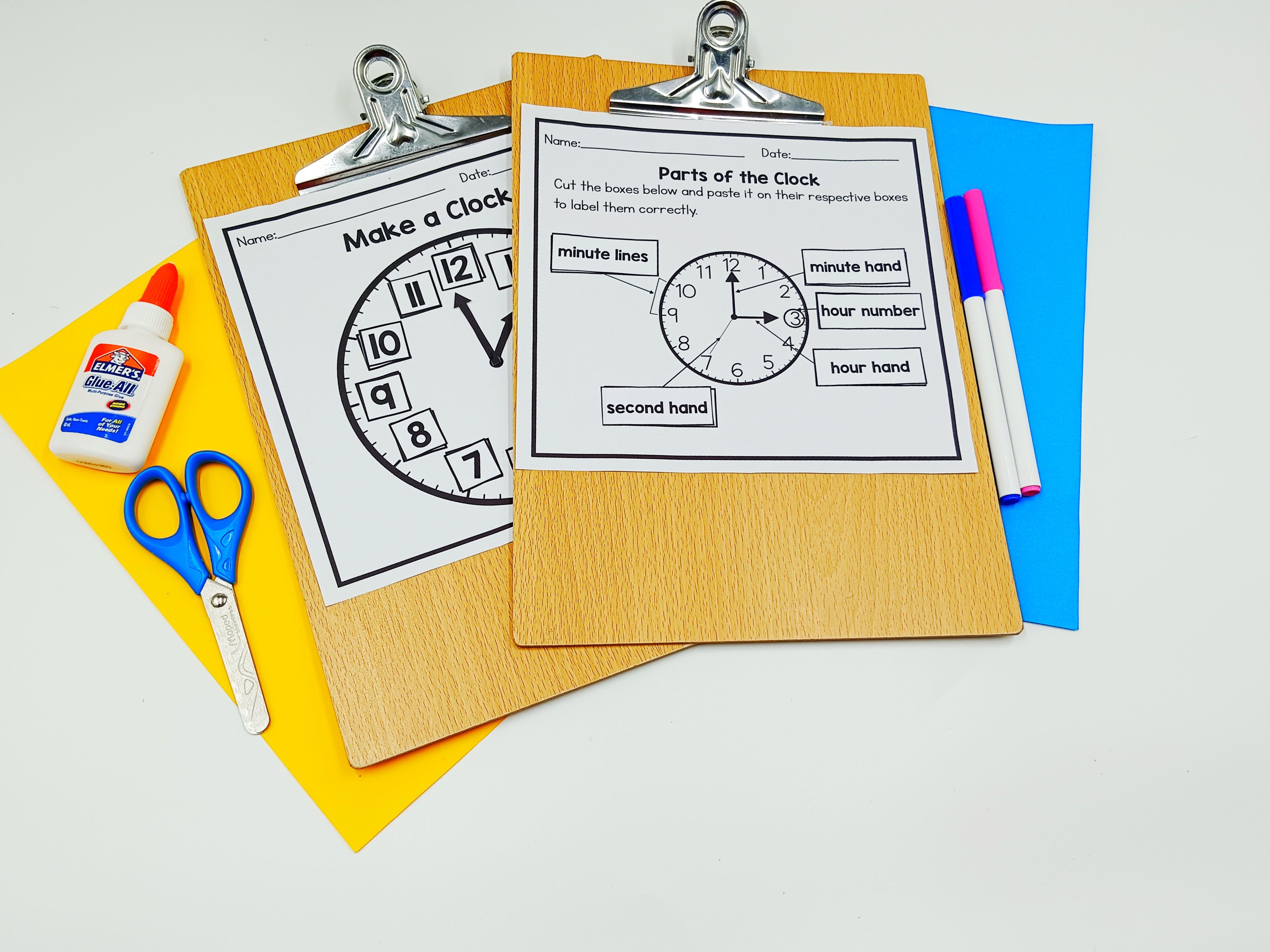
- Writing the Clock's Hand Help students practice telling time by drawing the hour and minute hands on the clock!
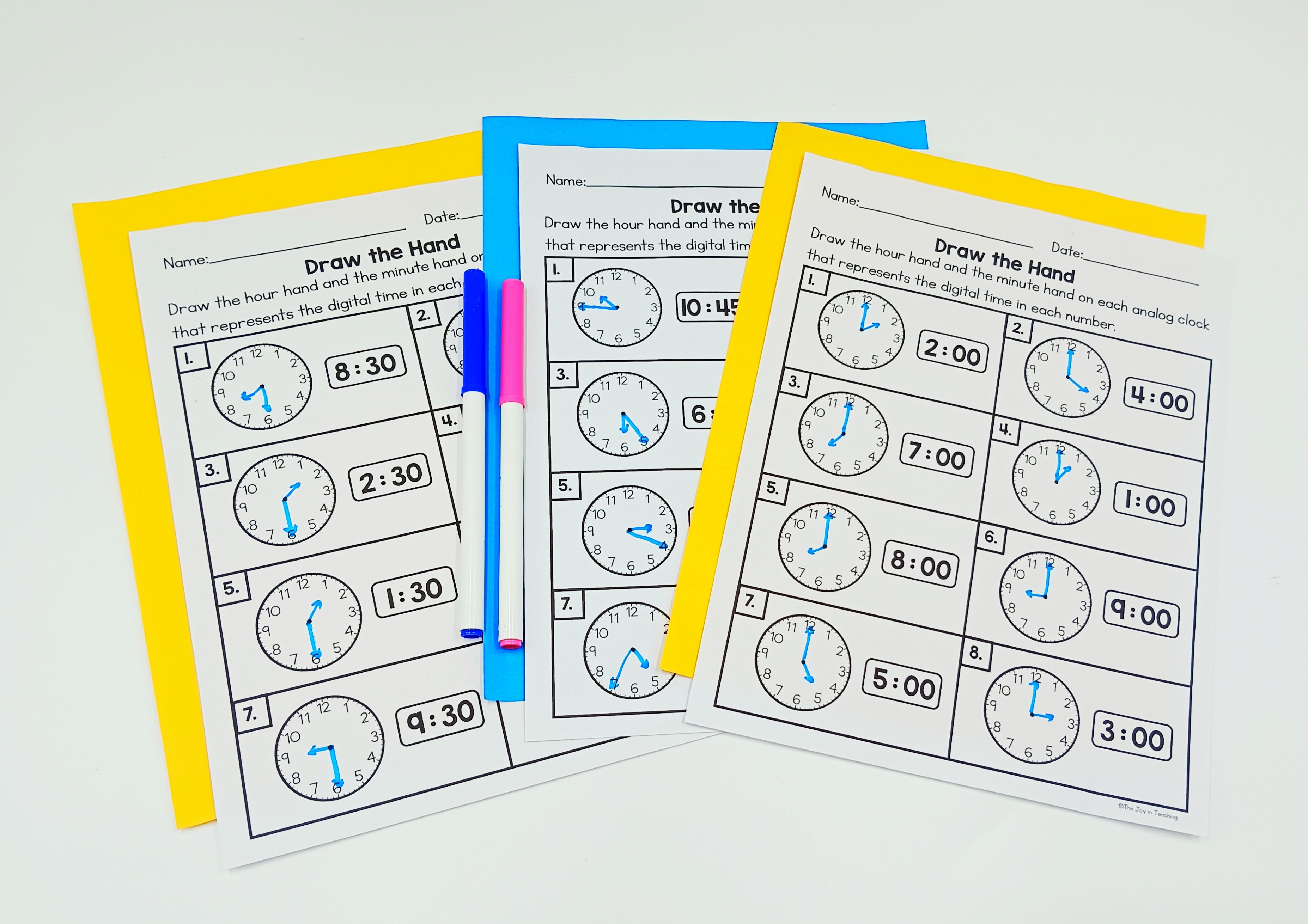
- Match the Clock: Pairing analog and digital times to strengthen recognition.
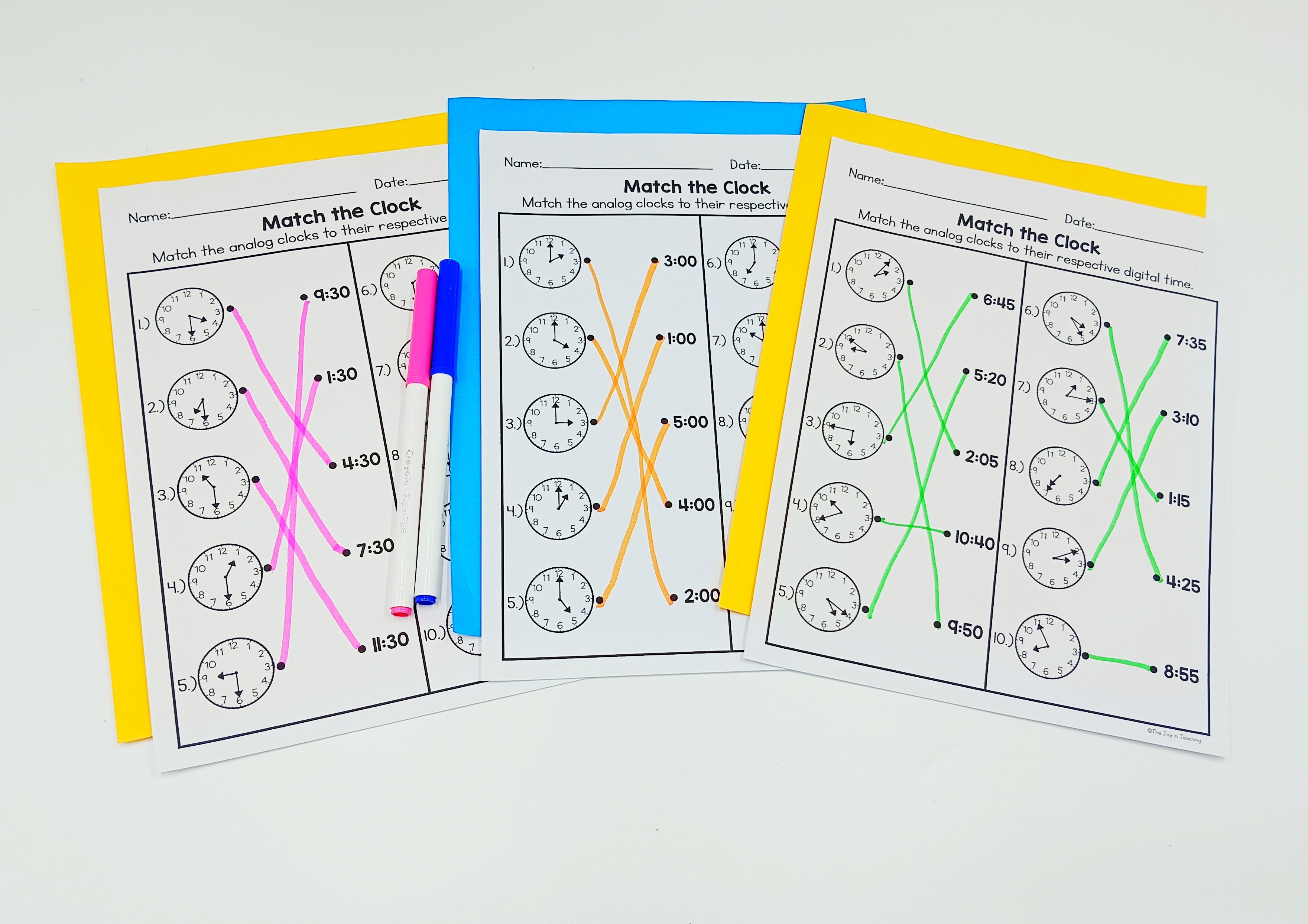
- Cut and Paste Clock Match: An interactive way to reinforce matching skills.
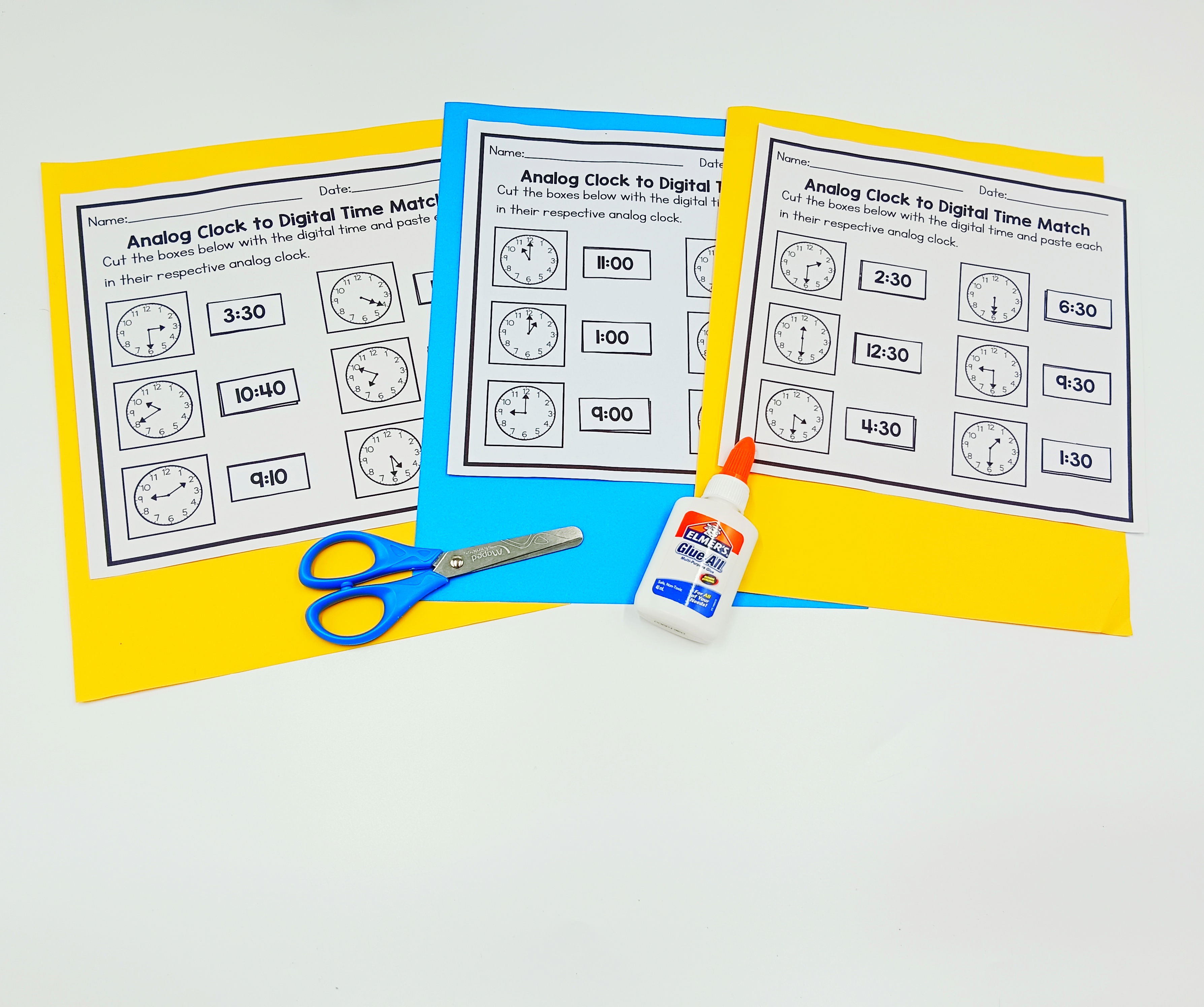
- Telling Time Before and After: Exercises to understand time increments.
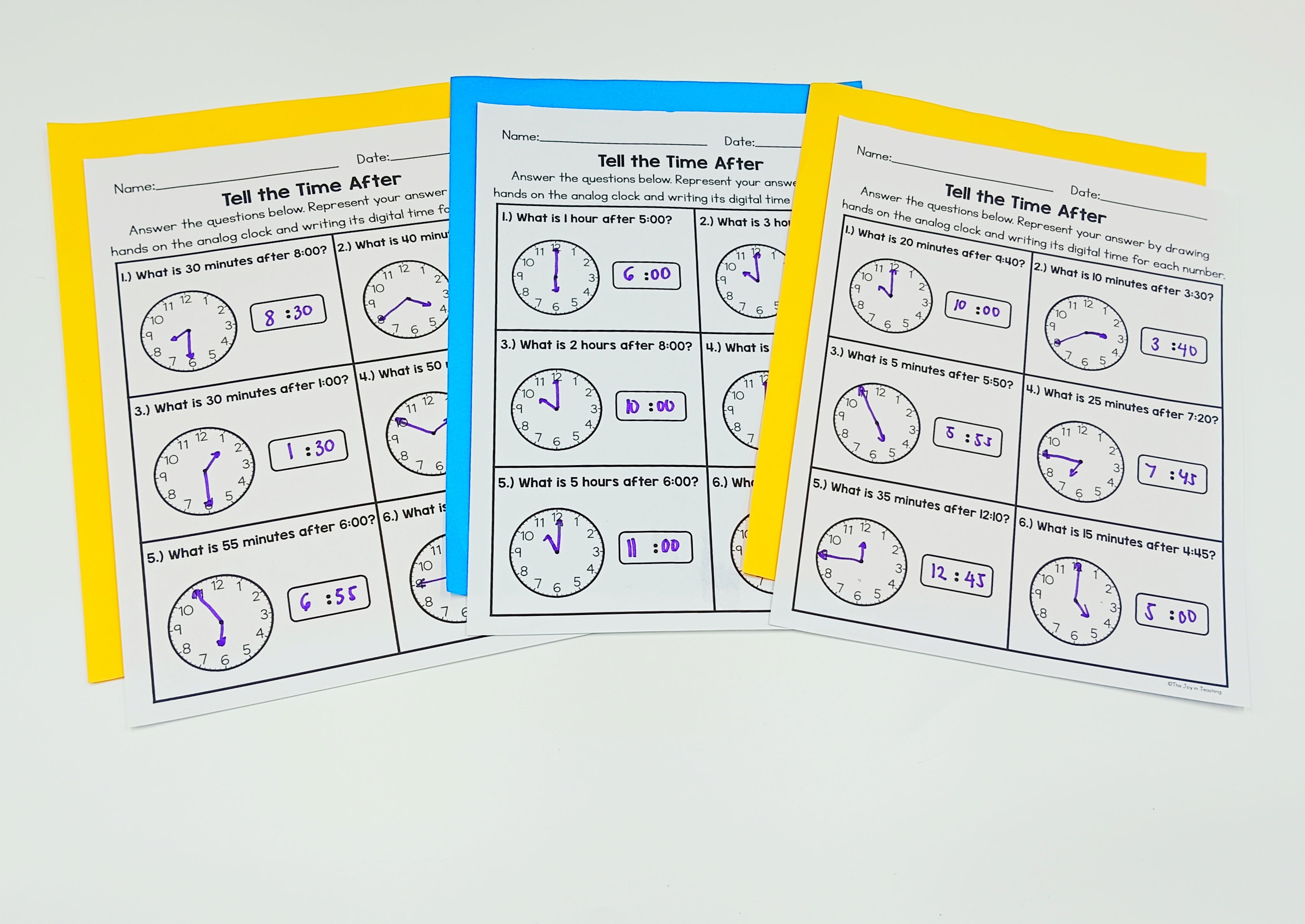
- Half Past, Quarter Past, and Quarter To Matches: Targeted practice for these tricky time concepts.
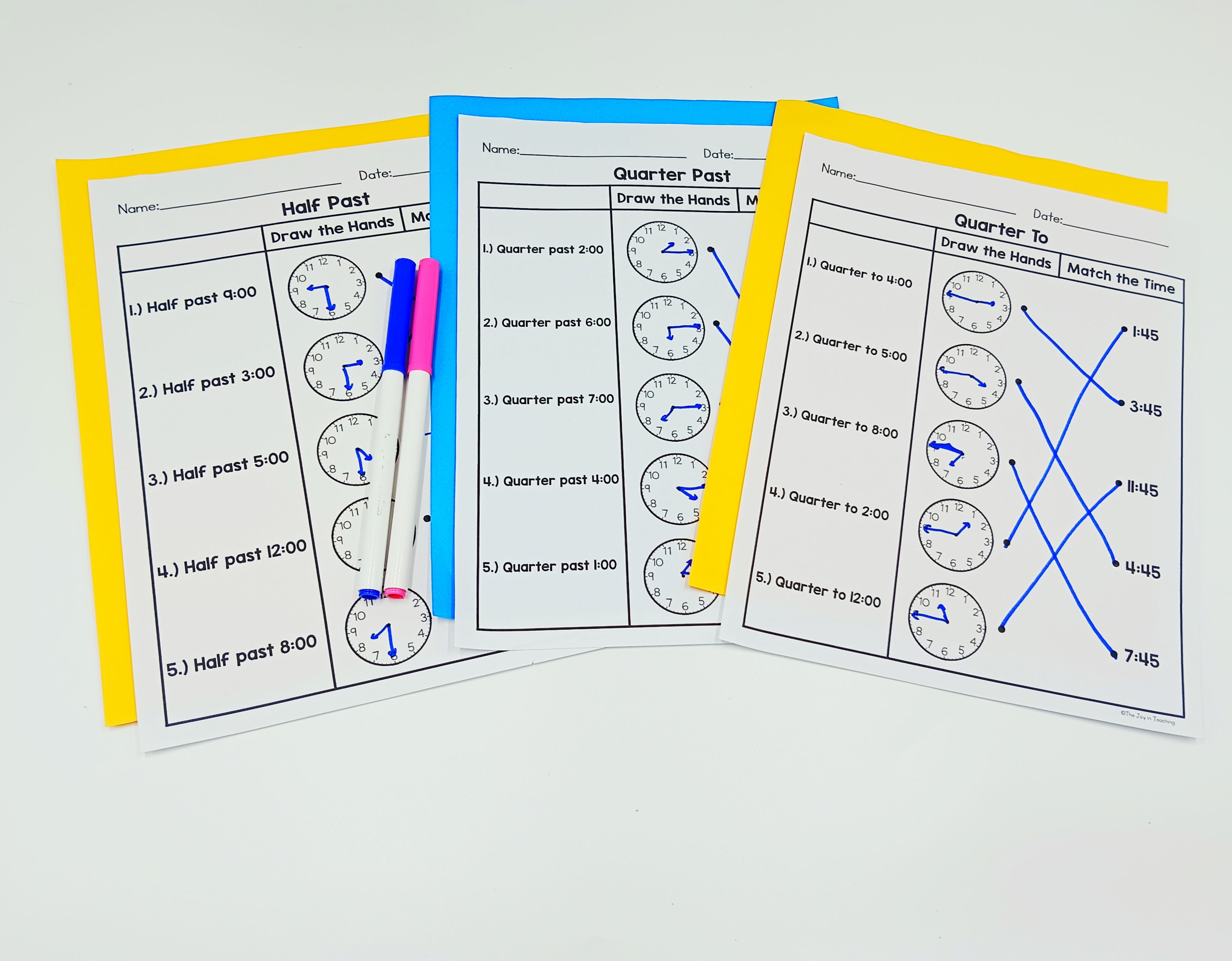
- Time Word Problems: Applying time-telling skills in real-world scenarios.
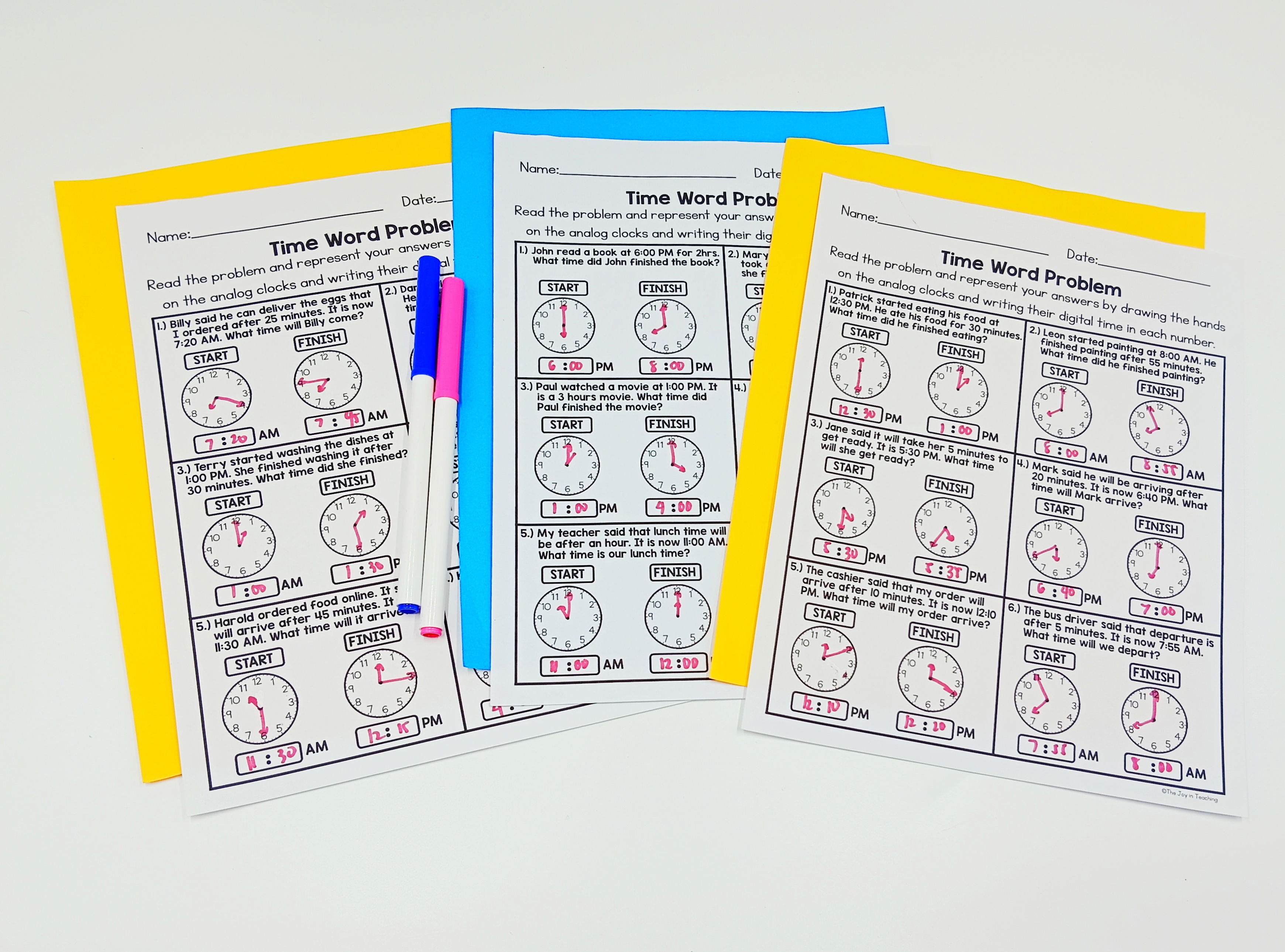
- Writing the Time in Words Help kids learn to read and write time in words! This activity teaches how to express time correctly, reinforcing pronunciation and comprehension.
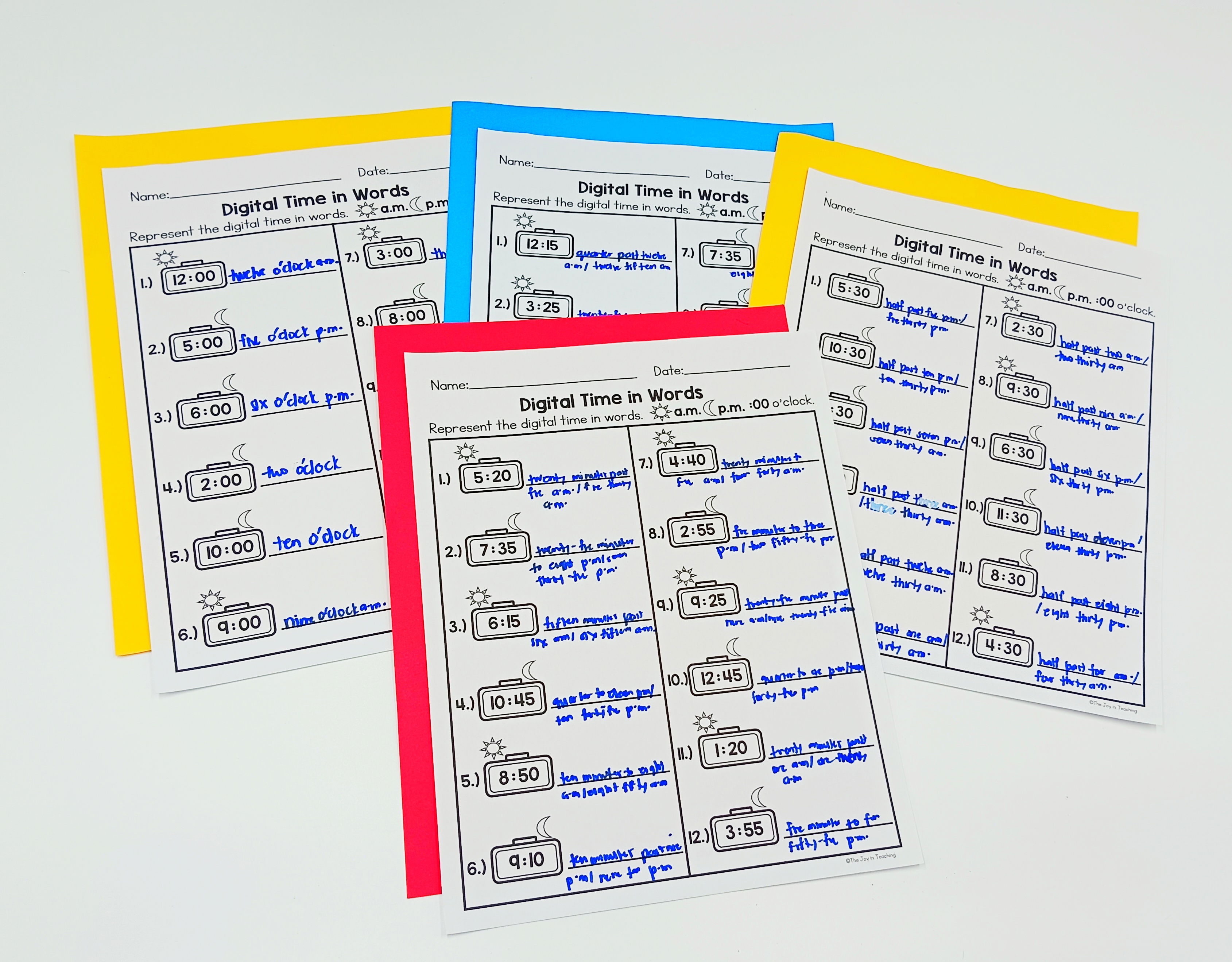
Tips and Tricks for Teaching Telling Time
1. Start with the Basics
Begin by introducing the concept of time in a simple, relatable way. Use everyday events like mealtimes, bedtimes, and playtimes to highlight the importance of understanding time.
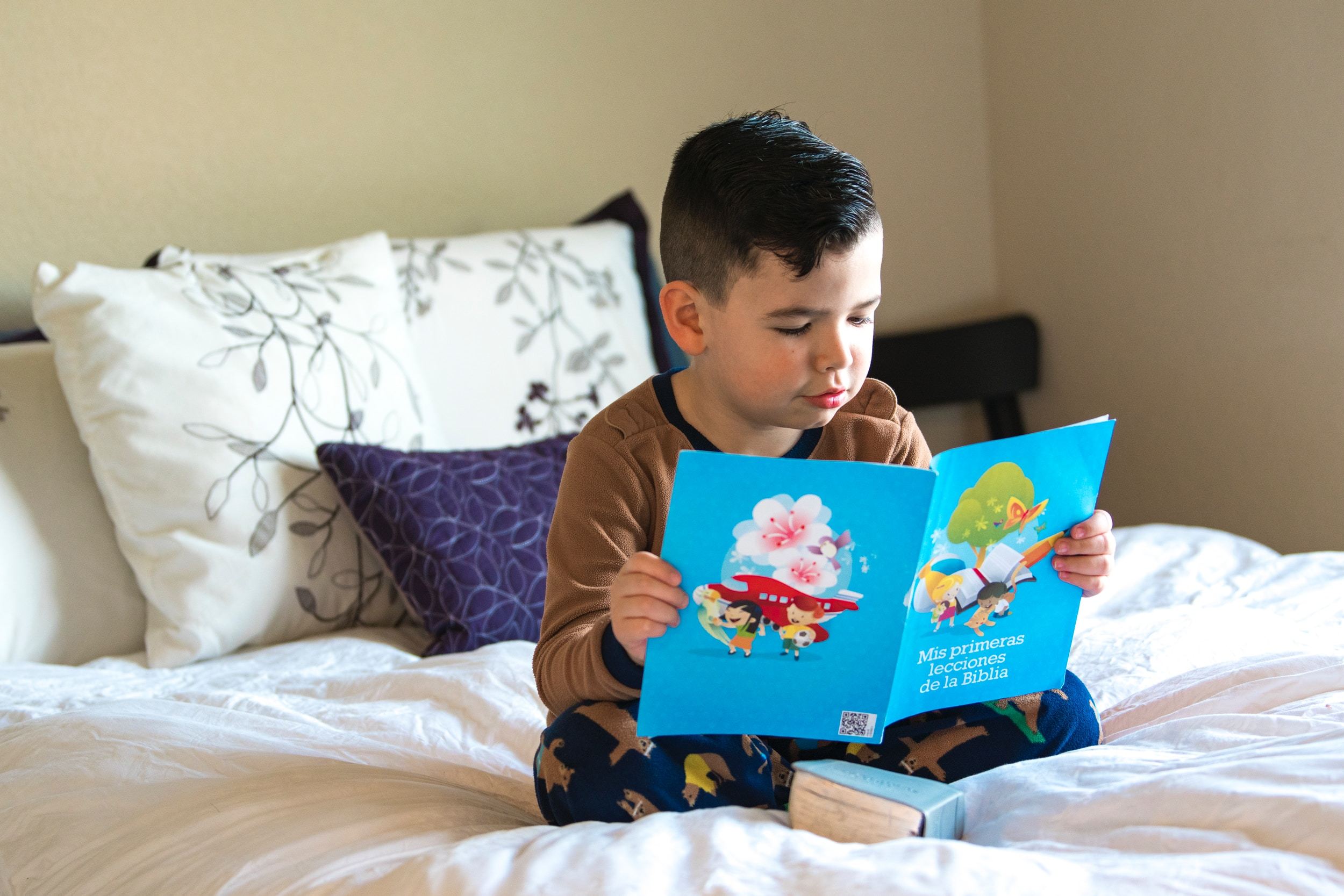
Personal Experience Tip: When I started teaching my son about time, I used our daily routine as a reference. "We have breakfast at 7 AM, playtime is at 10 AM, and bedtime is at 8 PM." This helped him relate to the concept of hours and minutes.

2. Use an Analog Clock
Analog clocks are fantastic tools for teaching the concept of hours and minutes. Show your child the different parts of the clock: the hour hand, minute hand, and the numbers 1 through 12.
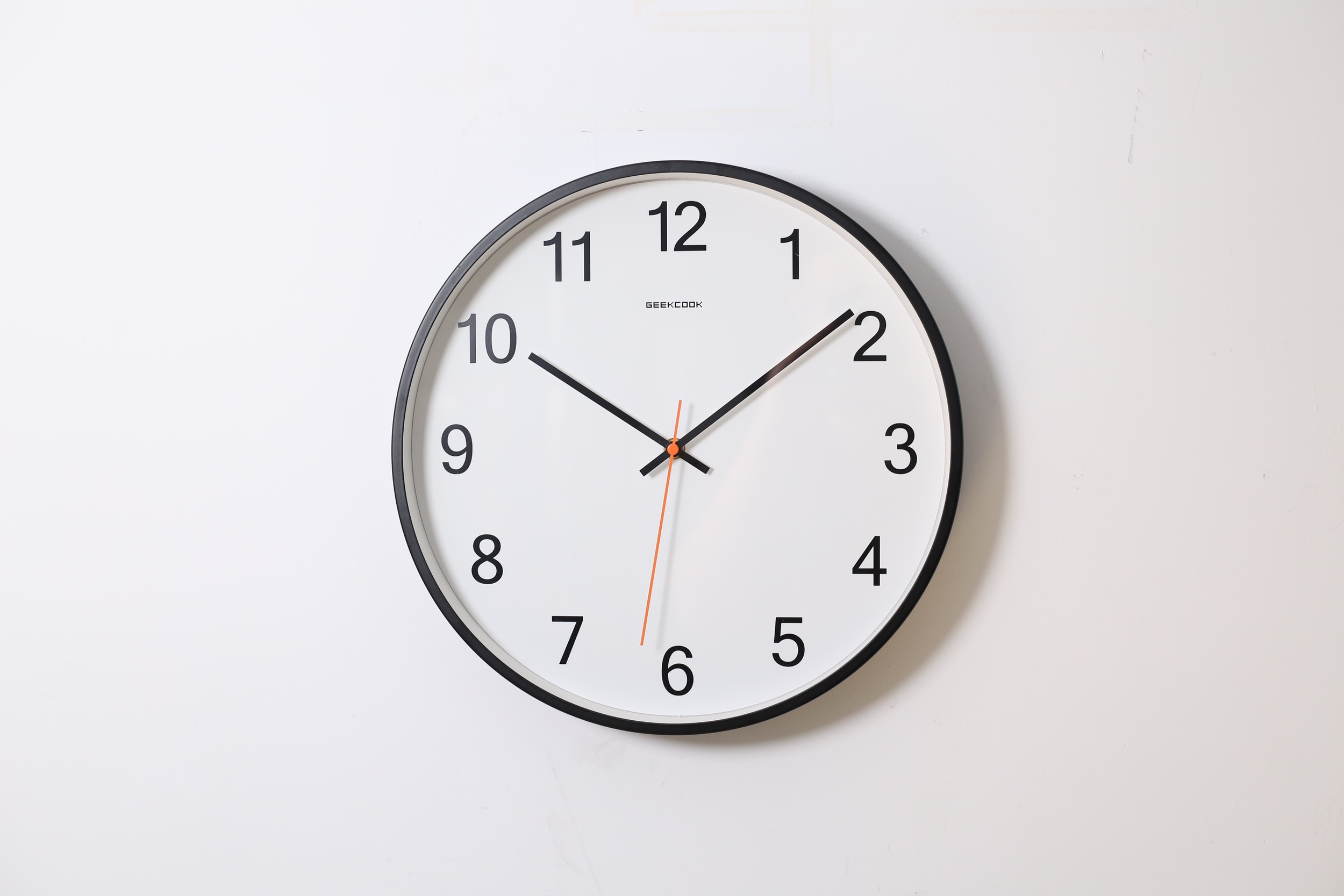
Activity: Make a Clock
- Materials: Paper plates, markers, brads (split pins), and construction paper.
- Process: Help your child make their own clock using the materials. Let them color and decorate it. This hands-on activity not only makes learning fun but also gives them a personal tool to practice with.
3. Teach the Hour Hand First
Start by focusing on the hour hand. Explain that it moves from one number to the next as each hour passes. Practice setting the hour hand on different numbers and ask your child to tell you the time.
4. Introduce the Minute Hand
Once your child is comfortable with the hour hand, introduce the minute hand. Explain that it moves around the clock and that each number represents five minutes. Practice counting by fives around the clock face.
5. Make It Fun with Games
Learning through play can be incredibly effective. Try these engaging time-related games:
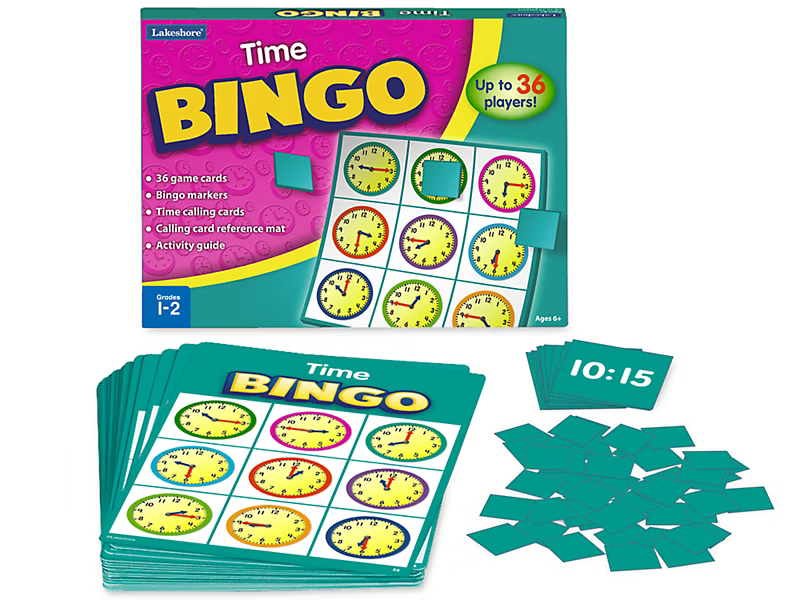
- Time Bingo: Create bingo cards with different times (both analog and digital). Call out times and let your child mark them on their card.
- Clock Scavenger Hunt: Hide small clocks around the house with different times set. Give your child clues to find them and read the time on each clock.
6. Use Real-Life Scenarios
Applying time-telling skills to real-life situations helps reinforce learning. Ask your child to tell you the time during daily activities or to help you set timers for cooking or playing games.

Personal Experience Tip: I used cooking as an opportunity to practice telling time. "The cookies need to bake for 10 minutes. Can you tell me when it's 10 minutes past 3?"
7. Introduce Time Vocabulary
Teach the vocabulary associated with telling time, such as "quarter past," "half past," and "quarter to."

8. Word Problems for Critical Thinking
Time word problems help children apply their time-telling skills in practical scenarios, enhancing their critical thinking and problem-solving abilities.
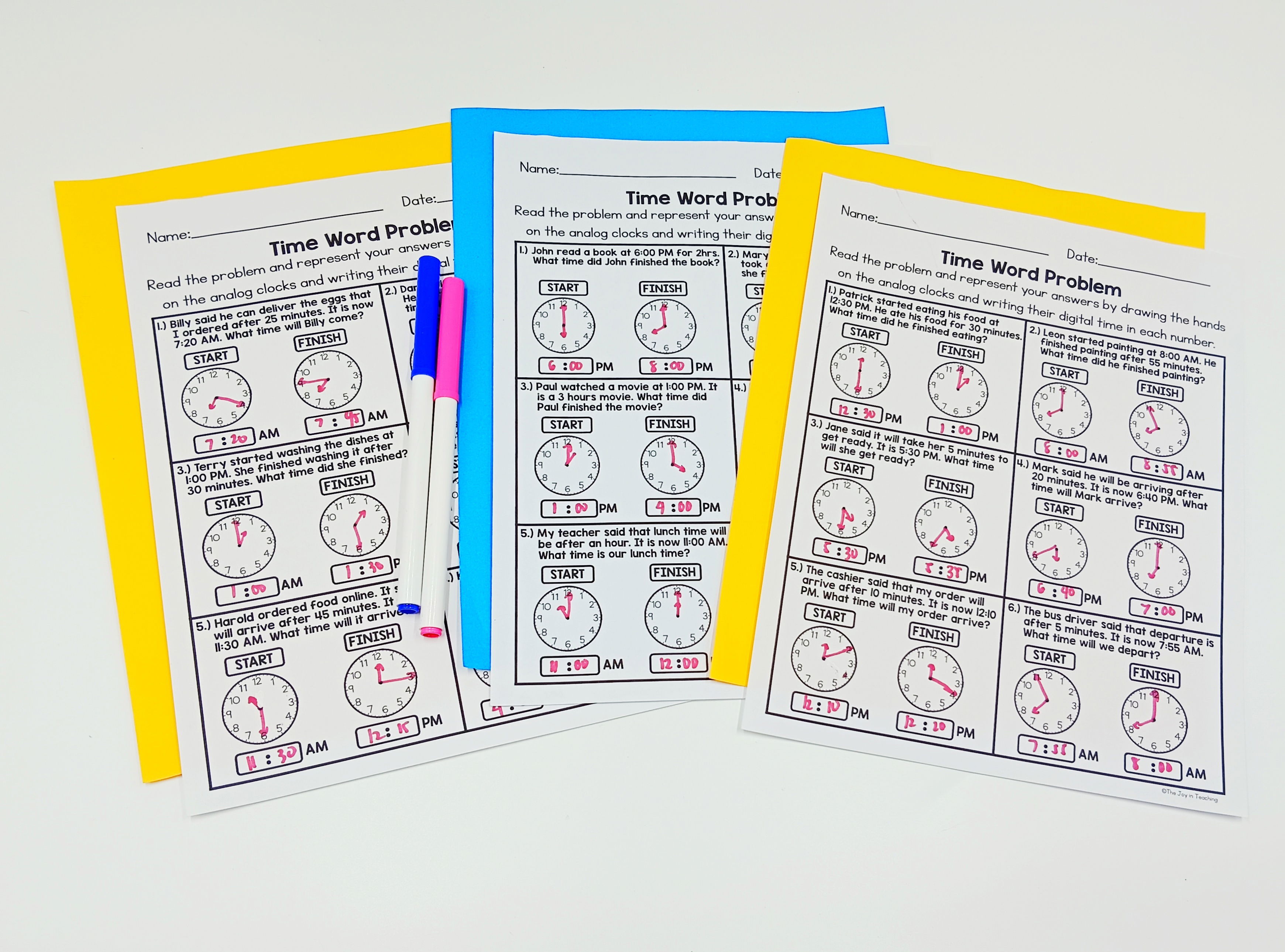
9. Celebrate Progress
Learning to tell time is a significant milestone. Celebrate your child's progress with praise and rewards to keep them motivated.
Personal Experience Tip: When my daughter mastered telling time, we threw a "Time Party." We decorated clocks, played time-related games, and even had cupcakes with clock faces. It was a fun way to celebrate her achievement!
Activities to Practice Telling Time at Home and School
At Home
- Daily Schedule Chart: Create a chart with your child's daily schedule, including times for each activity.
- Story Time: Read books about time, such as The Grouchy Ladybug by Eric Carle or Telling Time with Big Mama Cat by Dan Harper.
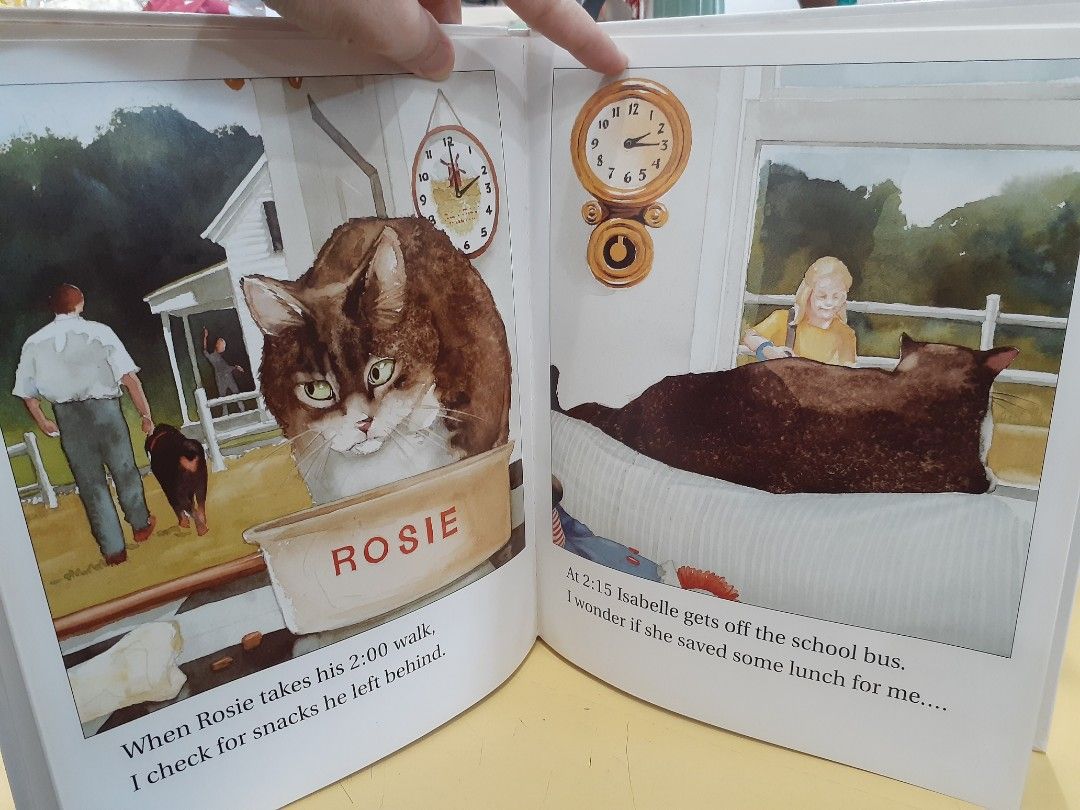
- Kitchen Timer: Use a kitchen timer for various activities, like brushing teeth or doing chores, to reinforce the concept of elapsed time.

At School
- Classroom Clock: Have a large classroom clock that you refer to throughout the day. Ask students to read the time during transitions.
- Interactive Bulletin Board: Create a bulletin board with movable clock hands. Let students practice setting and reading different times.
- Group Activities: Use cut-and-paste clock match activities as a group exercise. Pair students and let them work together to match times.
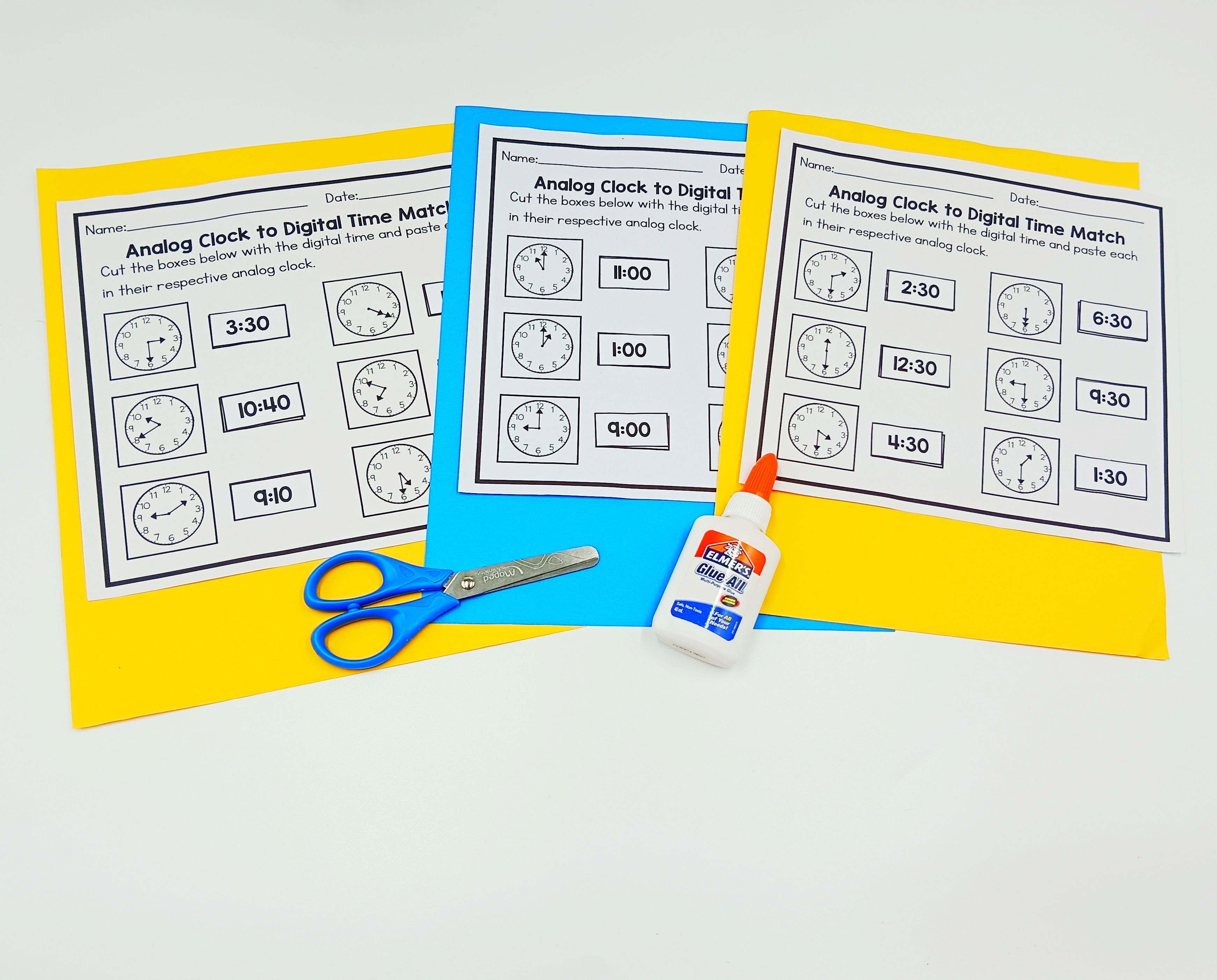
Conclusion
Teaching kids to tell time doesn't have to be a daunting task. With creative activities, engaging resources, and a little patience, you can make learning this essential skill a fun and rewarding experience. Keep it light, celebrate small victories, and enjoy the learning journey together!
For more tips, resources, and a daily dose of teaching joy, follow me on:
Got questions or want to share your success stories? Drop me an email at thejoyinteaching@gmail.com. I love hearing from fellow educators and parents! Happy Teaching!
Joy Medalla
The Joy in Teaching 💛